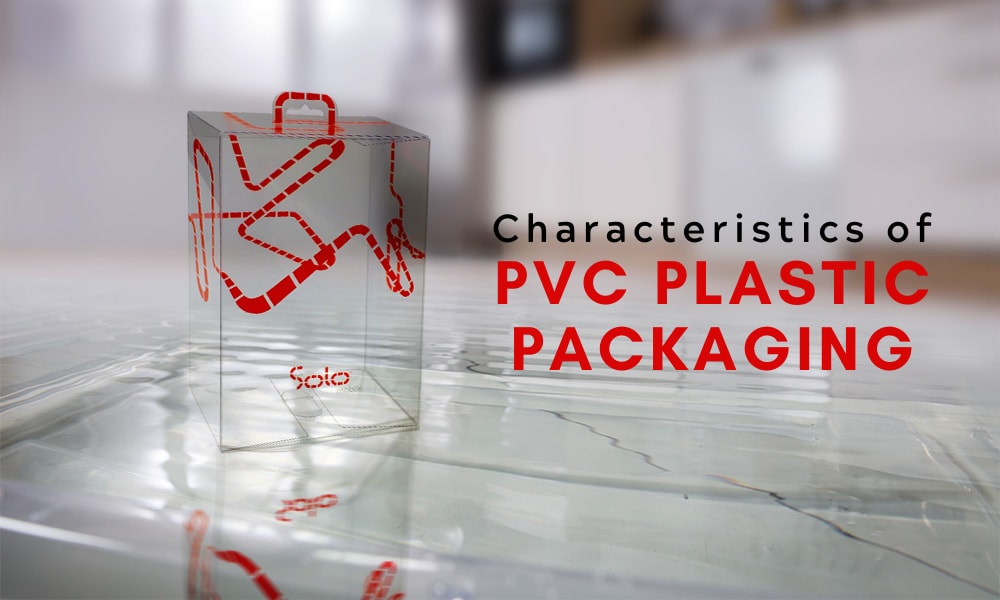Is PVC Food Grade Plastic: A Comprehensive Guide
2 min read
PVC, or polyvinyl chloride, is a widely used plastic material in various industries, including food packaging and processing. However, the question remains: Is PVC food grade plastic? In this article, we will delve into the properties, safety, and regulations surrounding PVC as a food grade plastic.
Properties of PVC
PVC is a synthetic plastic polymer that is versatile and durable. It is commonly used in food packaging, such as cling wrap, bottles, and containers, due to its excellent barrier properties against moisture, oxygen, and other gases. PVC is also resistant to chemicals, oils, and UV radiation, making it suitable for use in food processing equipment and utensils.
Safety of PVC
The safety of PVC as a food grade plastic has been a topic of debate for many years. PVC contains additives, such as plasticizers, stabilizers, and lubricants, which can leach into food and pose health risks. Some of these additives, such as phthalates, have been linked to reproductive and developmental problems.
However, PVC can be made safer for food contact by using food grade additives and following strict manufacturing and processing guidelines. The US Food and Drug Administration (FDA) regulates the use of PVC in food contact materials and sets limits on the amount of additives that can migrate into food.
Regulations on PVC as Food Grade Plastic
In the US, PVC is regulated by the FDA under the Code of Federal Regulations (CFR) Title 21, Part 177. This regulation sets out the requirements for PVC as a food contact material, including the types of additives that can be used and the maximum levels of migration into food.
In the European Union, PVC is regulated by the European Food Safety Authority (EFSA) under the Framework Regulation (EC) No 1935/2004. This regulation sets out the general requirements for food contact materials, including PVC, and requires that they do not pose a risk to human health.
Conclusion
In conclusion, PVC can be a food grade plastic if it is manufactured and processed according to strict guidelines and regulations. It is important to use food grade additives and follow the regulations set out by the FDA and EFSA to ensure the safety of PVC in food contact materials. However, it is also important to consider alternative materials, such as biodegradable plastics, to reduce the environmental impact of PVC.
